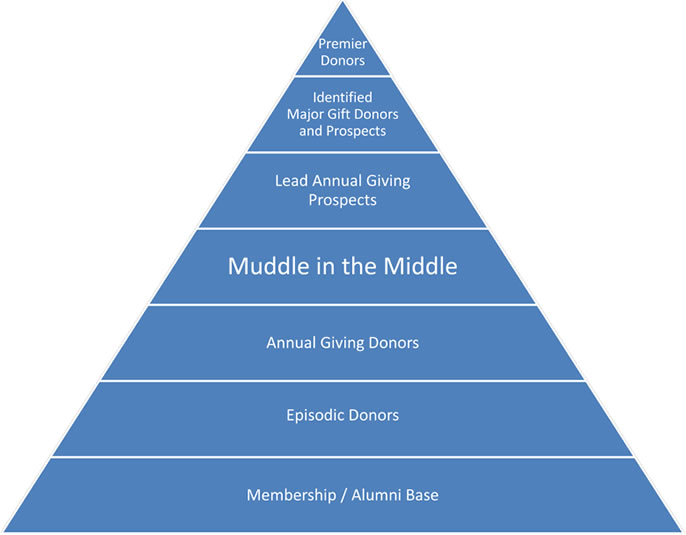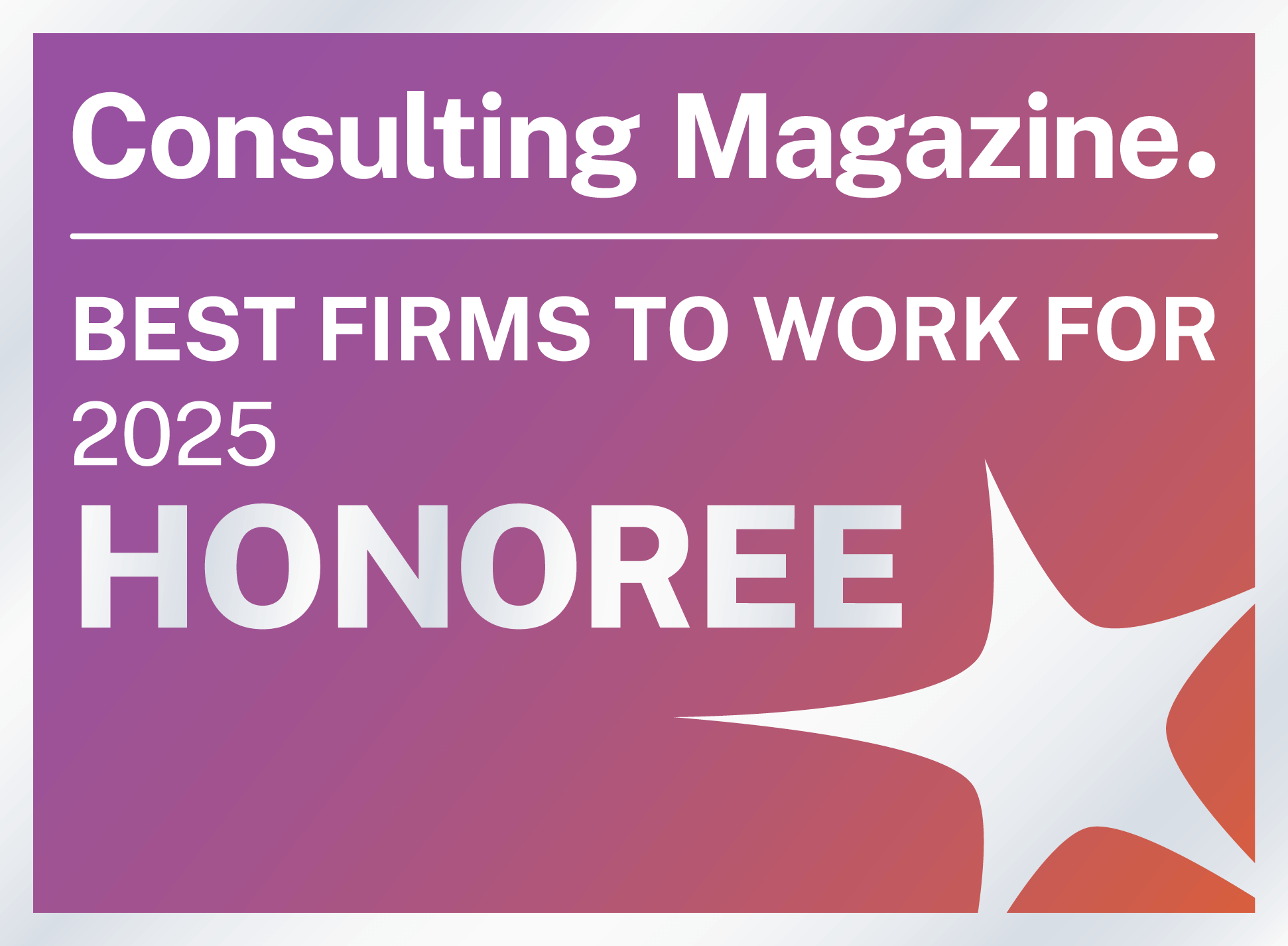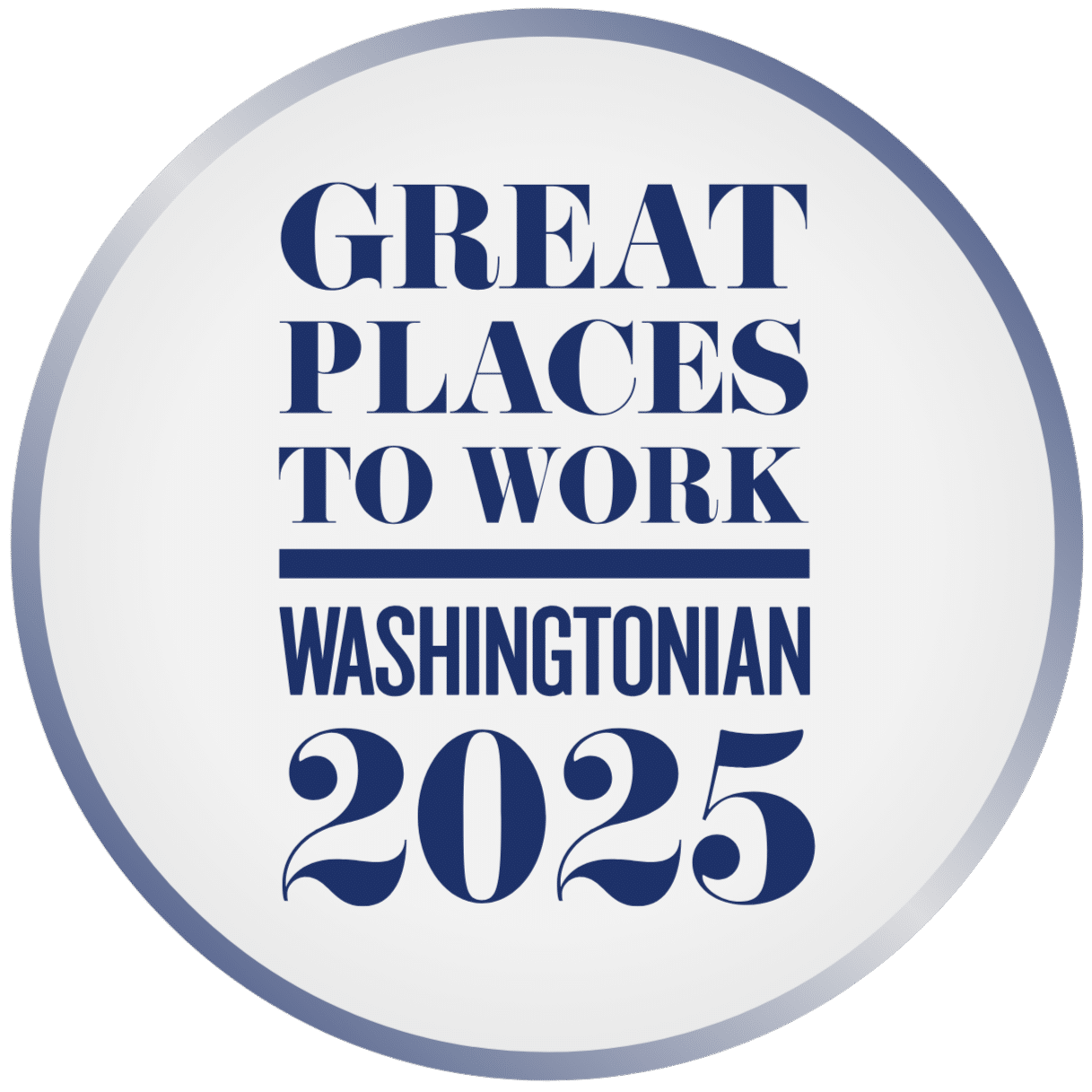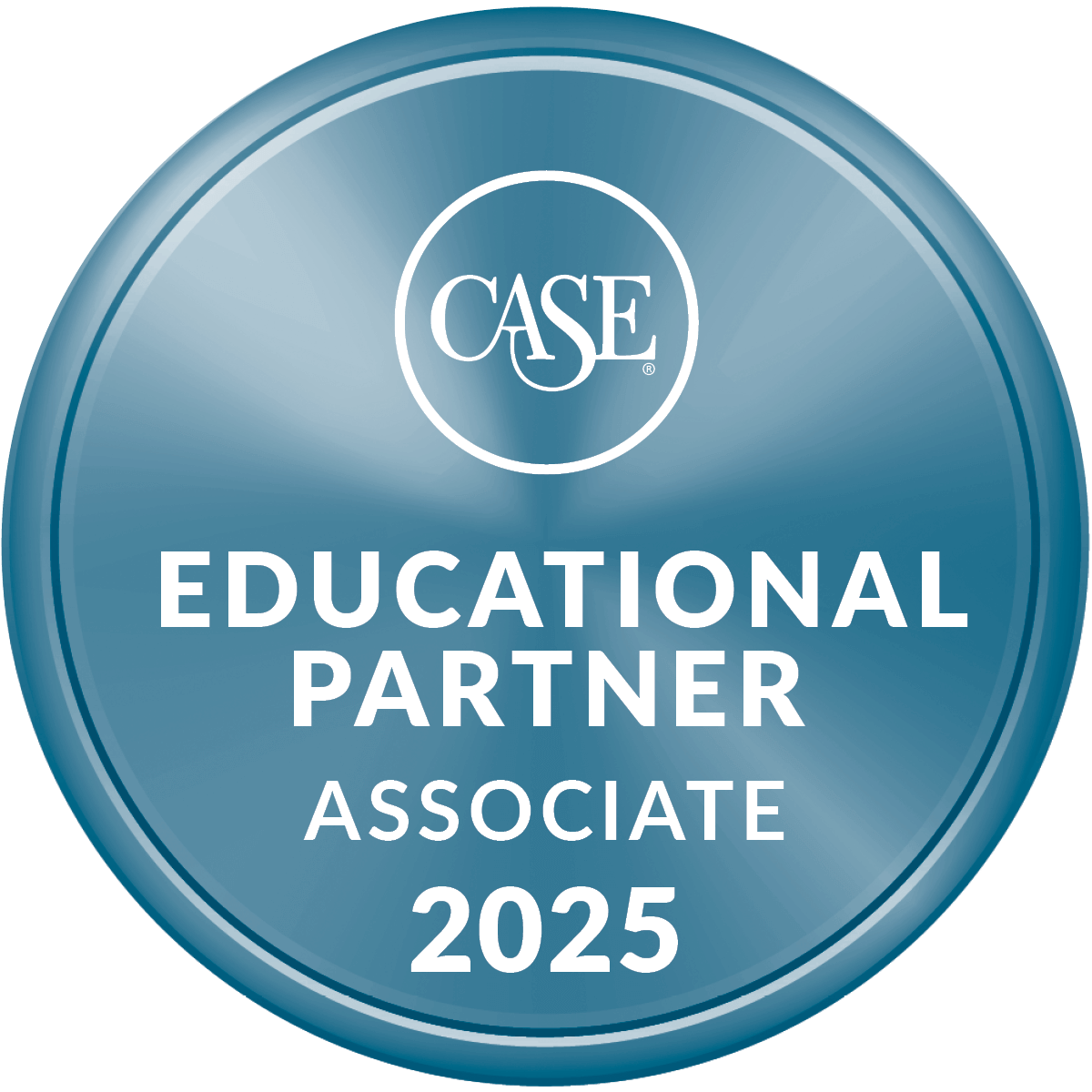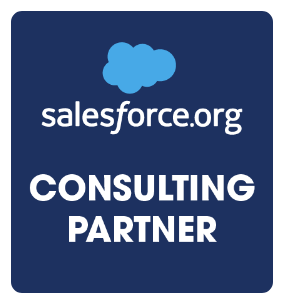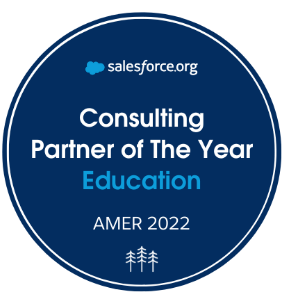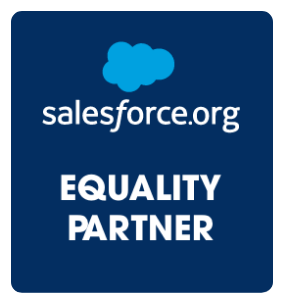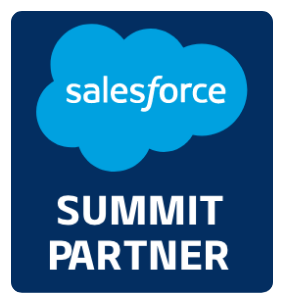University of Colorado Replaces Harris Connect with Campus-Wide CRM-Based Solution
“We were up against a looming deadline” -Kim Egan, Electronic Communications Director, Office of the President, CU
About CU
The University of Colorado is a public research university with four campuses. CU has 35,000 employees (faculty and staff), 55,000 enrolled students, 457,000 alumni and 348,000 donors. The University of Colorado (CU) was up against a “looming” deadline, explained Kim Egan, Electronic Communications Director, Office of the President, University Relations. Their contract with Harris Connect IS Platform, a communications system that her department and over 200 campus communicators had used for their “eComm” activities — email marketing, form-building for fundraising and events, and community engagement — was ending in November 2015 and Harris Connect would be going out of service come February 2016.CU needed to find its replacement.
Challenge
Given this opportunity, Egan and her team wanted to identify a solution that would allow for more sophisticated marketing automation including advanced list segmentation and data tracking while ensuring CAN-SPAM compliance.
CU also wanted to make better use of their online community as a channel to engage alumni and other constituencies as well as to gather data. CU’s existing community, part of the Harris Connect solution, was not widely adopted because login was difficult and not user friendly. This was a big pain point for CU.
Data management and governance was also an issue. There was no seamless data process to cleanly manage the almost one million records, across three sources of data, including Campus Solutions SIS, Campus Solutions HR, and Ellucian Advance. Like most institutions, CU’s various departments worked in silos; they chose their own solutions and managed their own data. With more and more calls for a 360-degree view and more targeted engagement of constituents, Egan and her team realized that this was bigger than simply replacing Harris Connect. They needed a CRM solution that integrated the three data sources, allowing them to leverage the shared data for marketing purposes. Their initially small project became a system-wide initiative.
Solution
After a comprehensive RFP process, University of Colorado chose Salesforce to be its enterprise CRM solution. This multi-phase project, involving a university-wide roll-out across four campuses, is the first of its kind for Salesforce. ACF Solutions was selected as the implementation partner, or as Egan likes to describe ACF, “the general contractor building CU’s dream house.”
As part of Phase 1, ACF implemented Salesforce’s Marketing Cloud, Sales Cloud and Community Cloud, including the following:
- Seamlessly integrated Marketing Cloud with Salesforce CRM, creating user accounts and building email templates.
- Created custom-branded communities allowing alumni to find and engage with each other as well as update their profile information.
- Created a searchable alumni directory with a highly powerful and customizable search engine.
- Created customized constituent profile pages with field-level privacy settings.
- Aligned and integrated three uniquely different data sources, comprising almost one million records, into Salesforce.
- Migrated existing data from Harris Connect to Salesforce.
Results
As a result, CU now has a single platform for more highly targeted engagement of its alumni, staff, donors and students, with the plan to expand the user base and add functionality to support CU’s broad and diverse engagement imperatives.

